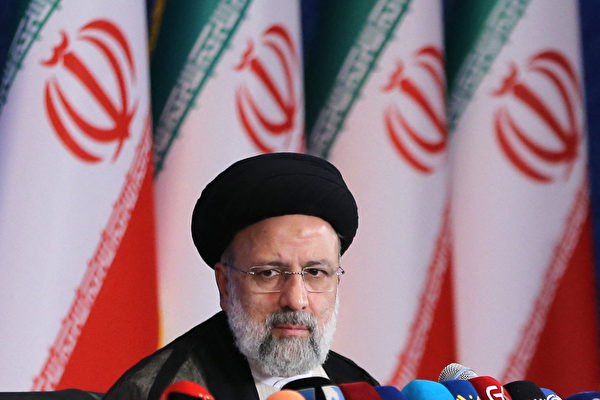Iranian President Ebrahim Raisi has died in a helicopter accident, adding uncertainty to a country facing severe economic downturn, rising public discontent, and threats of conflict. This has heightened international scrutiny on Iran’s next steps.
According to Iranian state media reports, the helicopter Raisi was aboard crash-landed in adverse weather conditions upon returning from Azerbaijan on Sunday. Iranian Foreign Minister Hossein Amirabdollahian and other officials also lost their lives in the incident.
Iran, with a population of nearly 90 million, supports various armed groups in the Middle East, including Hamas in Gaza, the Hezbollah Shiite militia in Lebanon, and the Houthi armed group in Yemen.
Current Supreme Leader of Iran Ayatollah Ali Khamenei, aged 85 and in poor health, had considered Raisi as his primary successor. Raisi’s death has sparked succession concerns in Iran, not only regarding the presidency but also the successor to the Supreme Leader, injecting instability into the regime.
Jamal Abdi, President of the National Iranian American Council, stated in a release that the death created a “leadership vacuum within the Islamic Republic, deepening its legitimacy crisis.”
Senior analyst at the Center for International Policy, Sina Toossi, commented that Raisi’s death has brought a period of uncertainty to Iran’s political landscape. While the impact on geopolitics may be limited due to Iran’s tightly controlled political system and the Supreme Leader’s final authority over foreign policy, the succession of the Supreme Leader remains a pressing issue.
Mohammad Mokhber, the First Vice President, has been appointed as the interim president by Khamenei, who also declared five days of national mourning and announced presidential elections to be held within 50 days. Ali Bagheri was appointed as the Acting Foreign Minister.
Some analysts speculate that the power vacuum at the top level could provide an opportunity for the Islamic Revolutionary Guard Corps to further influence Iran’s political direction.
Nader Itayim, Middle East Gulf Editor at Argus Media, noted that in recent years, a power struggle has been evident between the IRGC and other conservative factions, potentially paving the way for the IRGC to intervene more in policies during the interim presidency.
Jon Alterman, Director of the CSIS Middle East Program, also suggested that when deciding on Raisi’s successor, members of the IRGC, the military, and intelligence services might vie for advantage.
As of now, the Iranian government has not blamed any external or internal actors for the helicopter crash, avoiding immediate escalation of diplomatic tensions. This has relieved many U.S. officials who initially feared Iran might accuse the U.S. or Israel of causing the incident.
For decades, Iran has refused to establish formal diplomatic relations with the U.S., refused to recognize Israel, and has faced severe sanctions from the U.S. and Western nations.
During his presidency, Joe Biden has attempted multiple negotiations to revive the Iran nuclear deal, with no success. Amidst heightened tensions, missile and drone exchanges between Israel and Iran have raised concerns about a larger-scale war in the region.
Sanam Vakil, Director of the Chatham House Middle East and North Africa Program, stated that Iran would face a challenging period following Raisi’s death. However, significant changes should not be expected as the Iranian President does not wield true power in the country.
Vakil added that the President lacks independent decision-making power and ultimately follows the orders of the Supreme Leader. Therefore, the real issue triggered by Raisi’s death is the need to fill his position to maintain the cohesion of the Iranian government.

